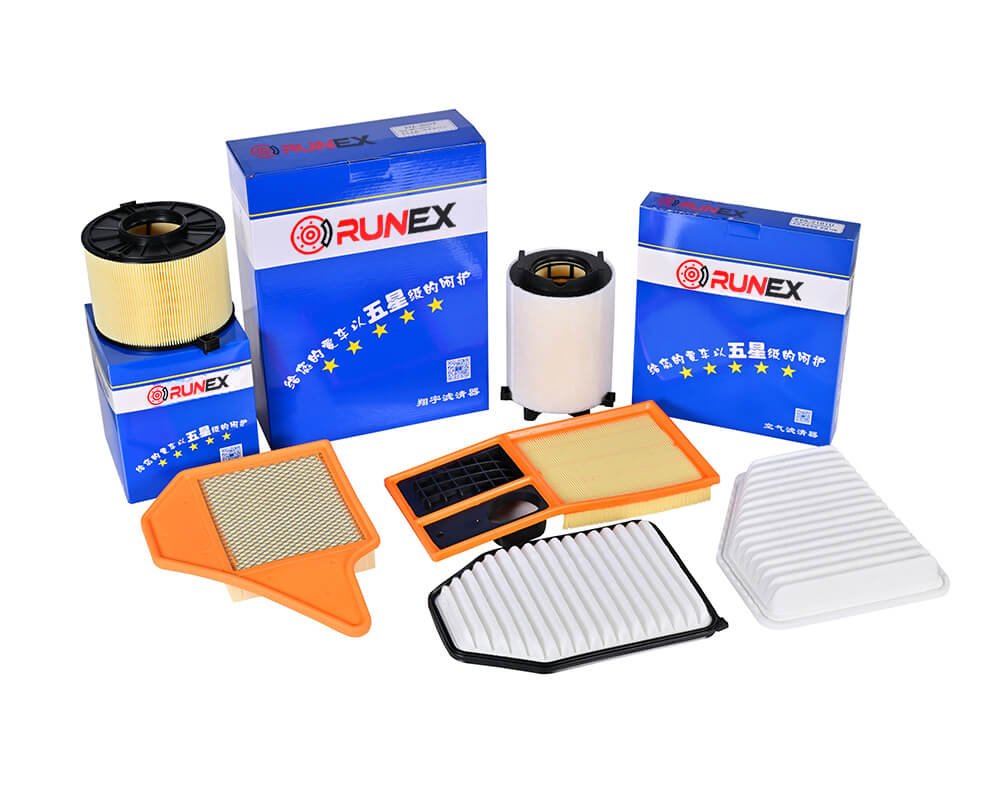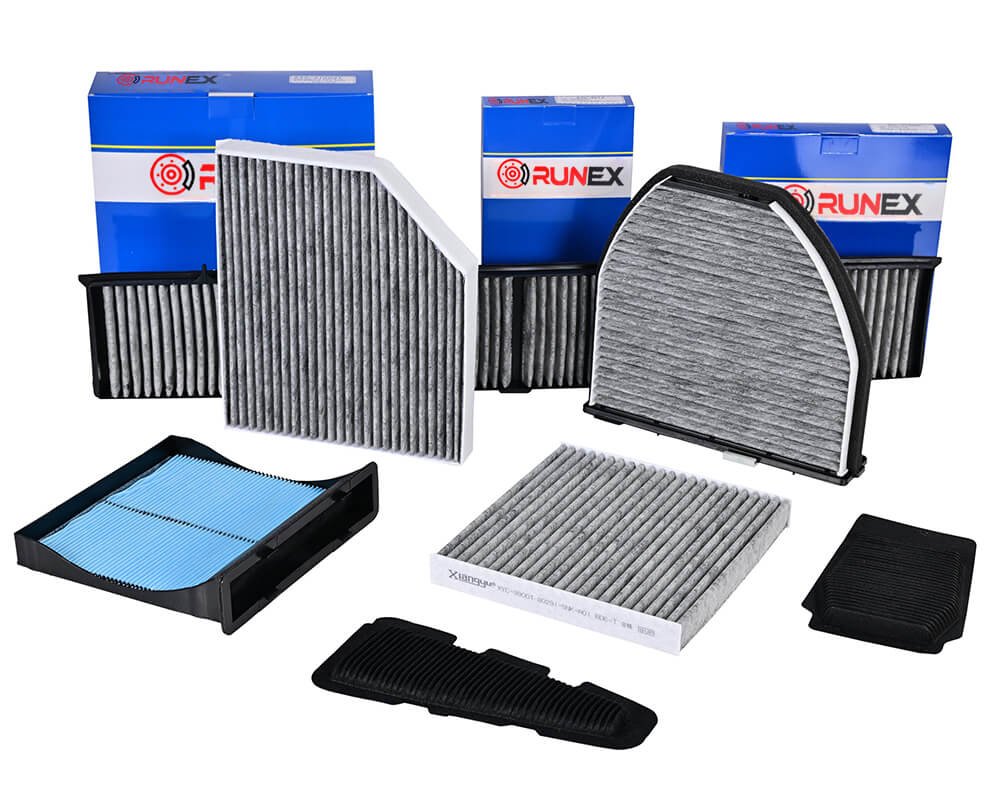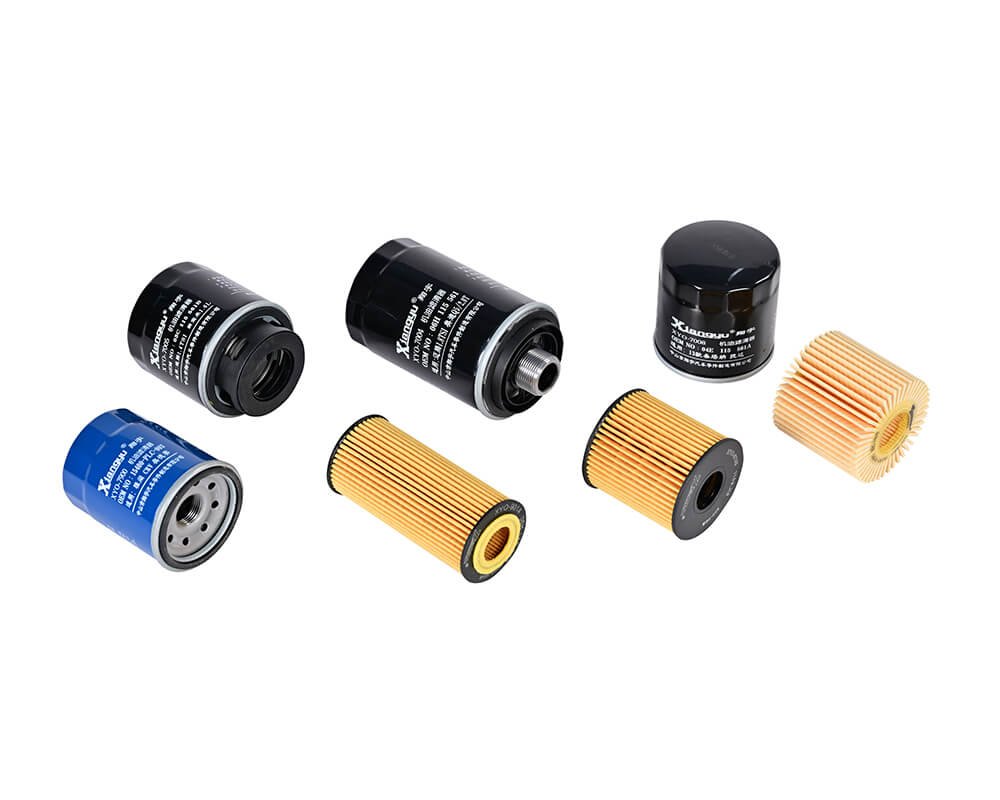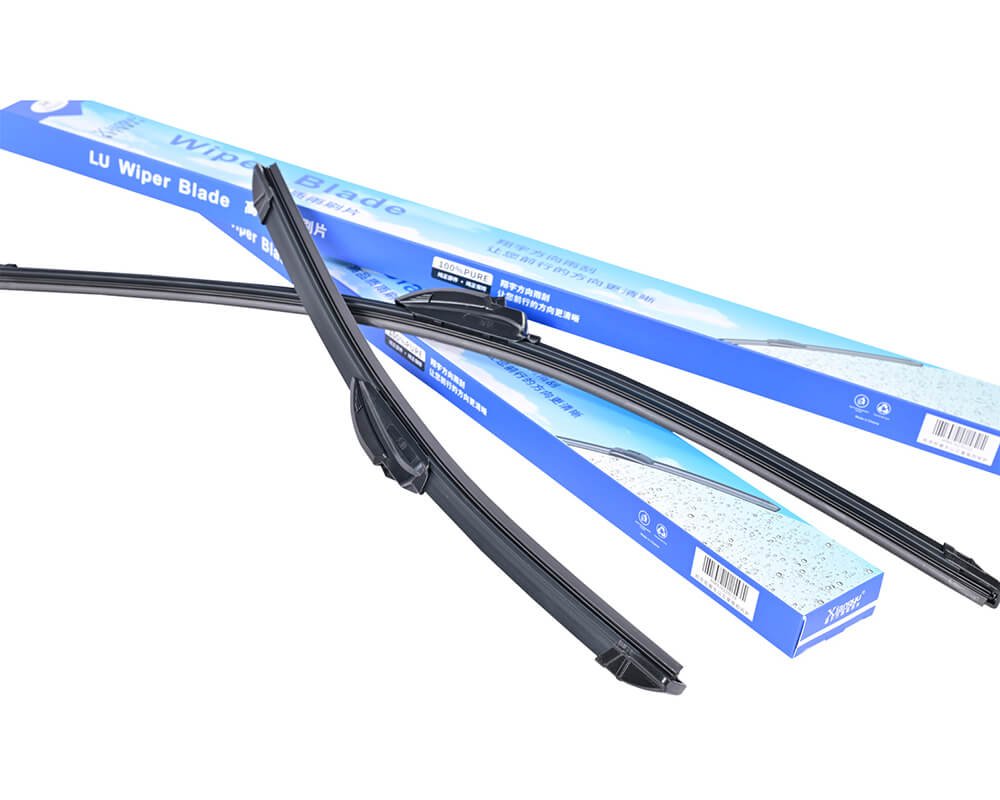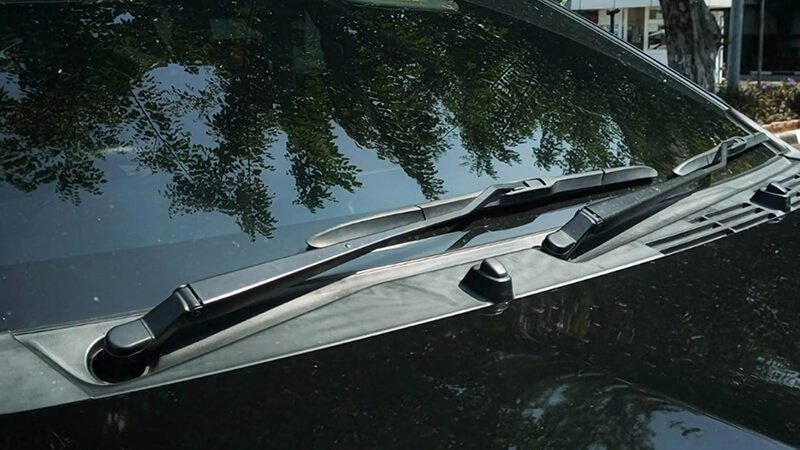Brakes are essential components in every vehicle, but do you know what they are made of and how they work? Understanding the materials and types of brakes can help you make informed decisions for your vehicle and business. Let’s dive in!
Brakes are made from a combination of materials designed for strength and durability. These materials vary depending on the type of brake system. Knowing their composition can help you understand how brakes perform and how to maintain them effectively.
Before diving into the materials, it’s important to first understand what brakes are, how they function, and the different types available. This knowledge is key to making informed choices in both automotive repair and selection.
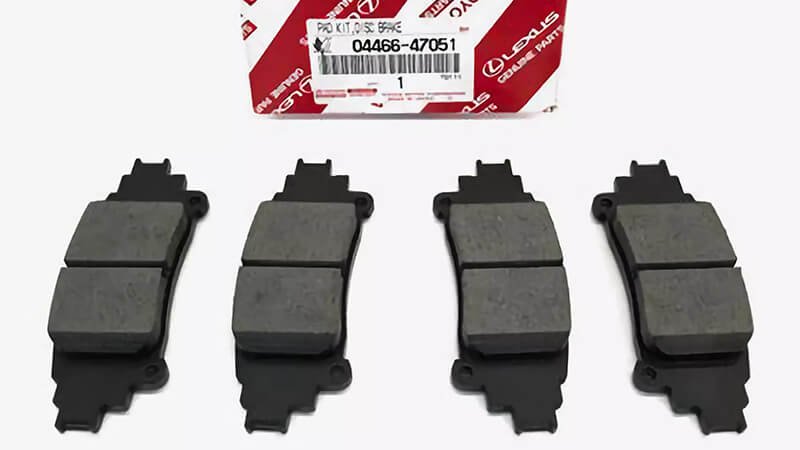
What Are Brakes Made Of?
At first glance, brakes might seem like simple mechanical components. However, they are made from a combination of materials, each serving a specific purpose to ensure optimal performance. Let’s explore what these materials are and why they are used.
Brakes are made from materials that are designed for strength, durability, and heat resistance. These materials work together to create the friction necessary to stop a vehicle efficiently and safely. The composition of brake materials affects their performance and lifespan.
Brakes are made up of different components, each constructed from materials chosen for specific properties. The most common materials used in brakes include metals1, ceramics2, and composites3. Here's an overview of how these materials are applied:
1. Brake Pads
Brake pads are one of the most important components of a brake system. The material used in brake pads must provide the necessary friction to stop the vehicle while also resisting heat buildup to avoid brake fade. Below is a detailed look at different brake pad materials:
| Material | Advantages | Disadvantages |
|---|---|---|
| Ceramic | - Long lifespan - Low dust and noise - Good heat resistance |
- Expensive - May not perform as well under extreme conditions |
| Semi-Metallic | - High performance - Better heat dissipation - Durable |
- Noisy - More dust production |
| Organic | - Quiet - Soft - Lower price |
- Wears out faster - Not ideal for heavy-duty use |
| Low-Metallic | - Balanced performance - Good heat resistance |
- More noise - Higher dust production |
2. Brake Rotors
Brake rotors are designed to provide a surface for the brake pads to press against to generate the friction required to stop the vehicle. The material used in rotors must be able to withstand high temperatures and maintain structural integrity under heavy braking.
| Material | Advantages | Disadvantages |
|---|---|---|
| Cast Iron | - Cost-effective - Good heat dissipation - Durable |
- Heavy - Prone to rusting |
| Carbon Composite | - Lightweight - Excellent heat dissipation - Strong |
- Expensive - More fragile than other materials |
| Carbon-Carbon | - Lightweight - Exceptional heat resistance - Used in high-performance applications |
- Extremely costly - Not suited for everyday vehicles |
3. Brake Lines
Brake lines carry the hydraulic fluid that operates the braking system. The materials used here must withstand high pressure and be resistant to corrosion.
| Material | Advantages | Disadvantages |
|---|---|---|
| Stainless Steel | - High strength - Corrosion resistant - Durable |
- Expensive - Can be rigid and less flexible |
| Rubber | - Cost-effective - Flexible - Easier to install |
- Susceptible to wear and tear - Prone to swelling over time |
Each of these materials plays a role in ensuring that brakes function effectively, providing the friction and heat resistance necessary to bring a vehicle to a safe stop.

What is a Brake and What Are the Functions of Brakes?
At its core, a brake is a system that slows down or stops the motion of a vehicle. But the importance of brakes goes far beyond just stopping your car. Let’s explore how brakes function and why they are so crucial for vehicle safety.
Brakes are essential for slowing or stopping a vehicle, but they also ensure safety by maintaining control under various driving conditions. Their main function is to convert kinetic energy into heat, thus stopping the vehicle.
The primary function of brakes is to slow down or stop a vehicle by converting its kinetic energy into heat through friction. This process happens in various types of braking systems, including disc brakes4, drum brakes5, and regenerative brakes6. Let’s explore how each of these systems works:
1. Disc Brakes
Disc brakes use a rotor (disc) that spins with the wheel. When the brake pedal is applied, brake pads clamp onto the rotor to create friction. The heat generated by this friction is absorbed by the rotor. Disc brakes offer excellent heat dissipation, making them effective for long-term use, especially in high-performance and high-traffic vehicles.
| Feature | Description |
|---|---|
| Heat Dissipation | Superior heat dissipation due to exposed design |
| Durability | Long lifespan under normal driving conditions |
| Efficiency | Highly efficient in extreme conditions like high speeds |
2. Drum Brakes
Drum brakes are less common today but still found in some vehicles, particularly in the rear wheels. The brake shoes press against the inside of a rotating drum, generating friction to slow the vehicle. While drum brakes are cheaper and simpler to design, they tend to overheat more easily compared to disc brakes, reducing their effectiveness over time.
| Feature | Description |
|---|---|
| Simplicity | Less complex, leading to lower cost |
| Heat Dissipation | Less effective heat dissipation, leading to brake fade |
| Maintenance | Easier to maintain but less efficient than disc brakes |
3. Regenerative Brakes
Regenerative braking systems are typically found in electric and hybrid vehicles. Instead of dissipating energy as heat, regenerative braking recovers it and converts it back into electrical energy, which is stored in the vehicle's battery. This system reduces the wear and tear on traditional brakes and improves fuel efficiency by capturing energy that would otherwise be wasted.
| Feature | Description |
|---|---|
| Energy Recovery | Captures and stores kinetic energy as electricity |
| Efficiency | Improves fuel efficiency and reduces brake wear |
| Use Case | Predominantly used in electric and hybrid vehicles |
Each of these brake systems serves the primary purpose of stopping or slowing down a vehicle, with their design and materials affecting their performance and lifespan.

What Are Brakes and Their Types?
Brakes come in different types, each designed for specific applications. Understanding the types of brakes is important to choosing the right one for your vehicle. Let’s explore the main brake types and their uses.
Brakes are classified into different types, such as disc brakes7, drum brakes8, and regenerative brakes9, each with its own unique characteristics and applications. Knowing the differences helps you choose the most suitable brake system for your needs.
The different types of brake systems are designed to meet specific vehicle needs and driving conditions. Here's an overview of the most common brake types:
1. Disc Brakes
Disc brakes are the most modern and commonly used type in today’s vehicles. They provide consistent stopping power and perform well under high-stress situations. Disc brakes are typically found in the front wheels of most cars, but many modern vehicles also use them in the rear. They are known for their quick heat dissipation, making them ideal for continuous braking situations, such as on highways or during rapid deceleration.
| Feature | Description |
|---|---|
| Heat Dissipation | Best for high-performance or constant braking |
| Efficiency | Reliable and effective at all temperatures |
| Noise Level | Generally quieter than drum brakes |
2. Drum Brakes
Although less common today, drum brakes are still found in older vehicles and in some light-duty vehicles. The key difference between drum and disc brakes is that drum brakes use brake shoes that press against the inside of a rotating drum, while disc brakes use brake pads to press against a rotating disc. Drum brakes are simpler and cheaper to manufacture, but they don’t perform as well under heat and stress as disc brakes.
| Feature | Description |
|---|---|
| Cost | More cost-effective and simpler to manufacture |
| Durability | Less efficient and prone to overheating |
| Use Case | Often used in the rear of lighter vehicles |
3. Anti-lock Braking Systems (ABS)
ABS is a safety feature integrated into both disc and drum brake systems. The system prevents the wheels from locking up during sudden braking, which can cause the vehicle to lose control. ABS works by modulating brake pressure to keep the tires rotating, improving vehicle stability and reducing the likelihood of skidding.
| Feature | Description |
|---|---|
| Safety | Prevents wheel lockup and skidding during braking |
| Control | Improves control in slippery or emergency conditions |
| Efficiency | Enhances overall braking performance under stress |
Each brake type offers different benefits, but all serve the essential function of stopping the vehicle safely and effectively.

What Materials Are Used in Brake Systems?
Brakes are made from various materials designed to handle heat, stress, and friction. These materials ensure the brakes can perform efficiently in all conditions. Let’s look at the materials used in brake systems and their functions.
Brakes are made from materials like steel10, ceramics11, and composites12, each chosen for its specific properties, such as heat resistance and durability. These materials work together to ensure the brakes provide maximum performance.
The materials used in brake systems must withstand extreme conditions, including high temperatures and the constant friction created during braking. Here are the most commonly used materials and their roles in brake systems:
1. Steel
Steel is widely used in brake components such as brake rotors and brake lines. It is durable, cost-effective, and can withstand high temperatures. However, steel is relatively heavy, which is why it is often replaced by lighter materials in high-performance vehicles.
| Material | Advantages | Disadvantages |
|---|---|---|
| Steel | - Strong - Heat-resistant - Affordable |
- Heavy - Susceptible to rust and corrosion |
2. Ceramics
Ceramic materials are used in brake pads because of their ability to resist heat and provide smooth, consistent braking performance. Ceramic brake pads are quieter than their semi-metallic counterparts and produce less brake dust, making them a popular choice for modern vehicles.
| Material | Advantages | Disadvantages |
|---|---|---|
| Ceramic | - Long lifespan - Low dust - Quiet |
- More expensive - May not handle extreme temperatures as well as metals |
3. Carbon Composites
Carbon composites are used in high-performance brake systems due to their lightweight nature and ability to handle extreme temperatures. They are often found in racing cars or high-end sports cars. Carbon composites offer exceptional heat dissipation, reducing the chances of brake fade during high-speed driving.
| Material | Advantages | Disadvantages |
|---|---|---|
| Carbon Composite | - Lightweight - Superior heat resistance |
- Expensive - Fragile compared to metals |
4. Aluminum
Aluminum is used in some brake components due to its light weight and resistance to corrosion. It is often used in performance cars where reducing weight is essential for improving overall vehicle performance.
| Material | Advantages | Disadvantages |
|---|---|---|
| Aluminum | - Lightweight - Corrosion-resistant - Durable |
- Expensive - Can deform under extreme conditions |
These materials are selected to meet the specific needs of the brake system, ensuring they provide the best possible performance and safety for the vehicle.

Conclusion
Understanding the materials and types of brakes is crucial for selecting the right braking system for your vehicle or business. Brakes are made from a combination of metals, ceramics, and composites, each designed for strength, heat resistance, and durability. By knowing how different materials impact brake performance, you can make better choices and ensure vehicle safety.
If you are looking for OEM Brake Pads13, do not heistate to contact us.
-
Learn about the specific metals used in brake systems and why they are chosen for durability and heat resistance. ↩
-
Understand why ceramics are chosen for brake pads, including their heat resistance and performance benefits. ↩
-
Discover the role of composites in brake pads and their advantages in enhancing braking performance. ↩
-
Learn about the design and function of disc brakes, including their advantages for high-performance vehicles. ↩
-
Discover the unique working mechanism of drum brakes and their typical use cases in vehicles. ↩
-
Find out how regenerative braking systems improve energy efficiency and are used in electric vehicles. ↩
-
Explore the key benefits of disc brakes, including heat dissipation and performance in high-stress driving conditions. ↩
-
Understand how drum brakes work and their use in different types of vehicles. ↩
-
Learn how regenerative brakes capture and store energy, improving efficiency in electric vehicles. ↩
-
Understand why steel is chosen for brake systems, focusing on its heat resistance and durability. ↩
-
Learn about the benefits of ceramics in brakes, including their heat resistance and lightweight properties. ↩
-
Explore how composite materials enhance brake performance, offering strength and reduced weight. ↩
-
Try to contact us to get your facourite product for OEM. ↩




